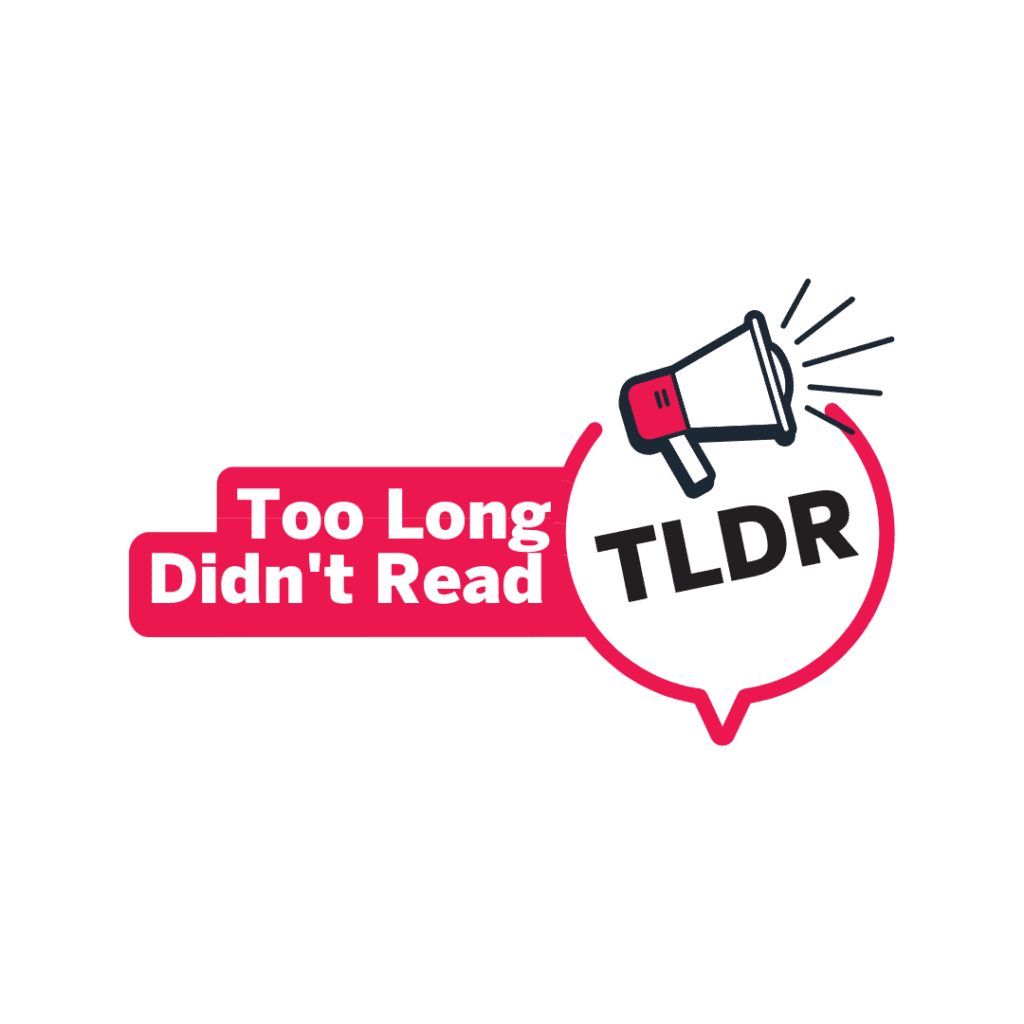

Project summary
The purpose of the study was to gain insight into how positive youth development (PYD) through sport and physical activity is understood for Indigenous youth in western, central, and eastern urban communities in Canada. The following research questions were addressed: 1) What meaning do the outcomes related to PYD in sport and physical activity (i.e., competence, connection, confidence, character, caring) have for Indigenous youth in Canada? and 2) How can the PYD through sport outcomes be extended to include culturally relevant and diverse aspects to enhance the experiences of Indigenous youth? Results for the first objective identified a number of barriers experienced by Indigenous youth in sport and physical activity settings. One key findings spoke to the necessity for more all-Indigenous programs and spaces where the needs of Indigenous communities are paramount. In addition, this study demonstrated the important role of coaches, mentors, teachers and educators to impact the physical activity and sport experiences of Indigenous youth. To train these leaders to understand, and account for, the important facilitators and barriers of activity for Indigenous youth in the urban centers that they contribute to and exist within, is of great value. Findings from the second objective found unique perspectives offered by the Indigenous youth related to the 5 Cs of positive development: confidence, competence, connection, character, and caring/compassion. Specifically, the youth described the importance of honoring one’s self across the 5 Cs. The participants also reported unique understandings of the Cs that are different from western definitions and understandings that are present in the current literature.
Research methods
A community-based participatory (CBPR) framework (Israel, Schulz, Parker, & Becker, 1998, 2001) guided this study. The five stages of this framework included (1) building relationships, (2) identifying the participants and issue, (3) generating knowledge through research, (4) interpreting and sharing knowledge, (5) and creating a plan for change.
This research took place in three central or western Canadian cities and ethics approval was obtained by three universities. Once ethics was approved, the research team along with four graduate students recruited participants from established youth programs which took place in community buildings or in school classrooms. It is important to note that in all three sites, there was at least one graduate student who self-identified as Indigenous. In total, 43 youth aged 12-19 years from central and western Canada were purposefully selected to participate in this research. The youth self-identified as either Secwepemc, Nakota Sioux, Dakota Sioux, Cree, Stoney Nakoda and Métis in addition to the more general terms of First Nations, Native, Aboriginal and Indigenous. Some participants came from cities with urban reserves and others grew up on non-urban reserves, but moved to cities as children. Further, there were a few participants who, at the time of the study, attended school in the city but still reside on non-urban reserves. Participants were selected based on their current or recent engagement (i.e., at least one full season) in an organized sport or physical activity program. The program could have been a school-based or community-based program.
Talking circles were employed to generate data and were led by the graduate students. In total, seven talking circles took place. The talking circles varied between 60 and 90 minutes and took place at the participants’ school, or at the venue of the youth program from where they were recruited.
Transcripts were analyzed using Elo and Kyngäs’ (2008) process of content analysis. It is also important to note that since this study did use Indigenous methods to generate data with participants (i.e., talking circles), Indigenous researchers have made suggestions about the importance of maintaining an Indigenous perspective throughout the process (Smith, 2012; Battiste & Youngblood, 2000). In collaboration with the lead authors, the Indigenous graduate students, as well as one Indigenous collaborator with the project and one non-Indigenous collaborator with considerable experience working with Indigenous peoples in community settings, were consulted to discuss the sub-themes and representation of findings.
Research results
In short, here are some of the key findings from the study:
- Barriers related to socio-economic status, racism, and a perceived lack of respect of Indigenous culture in the context of sport and physical activity are among some of the reasons why Indigenous youth chose to withdraw from or not participate in activities.
- More attention needs to be paid to the development of all-Indigenous programs and spaces for Indigenous communities.
- Unique understandings of positive youth development are reported by Indigenous youth. For example, confidence can be explained through bravery and freedom. Further, the infusion of ‘the self’ in each of the 5 Cs was a unique result as connections to ‘the self’ in sport and physical activity are not very prominent in the positive youth development literature.
Sample size was limited in that we only included Indigenous youth from three urban centres in Canada. Future research should consider including youth from the various regions of Canada, including rural, remote, and northern settings.
Policy and program implications
Findings indicate that any changes to public policies to improve community health outcomes as well as access to physical activity and sport programs for urban Indigenous youth need to consider the differences between urban contexts throughout the nation as well as the multiple local constraints that influence their diverse participation experiences.
Further, enhanced training is needed for sport leaders and administrators to build understanding about the barriers facing Indigenous youth and how to structure sport and physical activity experiences that are more meaningful for Indigenous youth.
Next steps
Step 5 in the CBPR framework involves creating a plan for change. The goal is to review existing sport and physical activity programs for Indigenous youth and, based on the findings from this grant, suggest or create programmatic changes that would help to enhance sport and physical activity experiences. These would have to be done in consultation with Indigenous communities and piloted to ensure that they are culturally relevant and meaningful.
Knowledge translation
- Provincial Coaching and Sport organizations
- Sport Matters
- True Sport
- Sport schools in Canada
- Urban Indigenous Service Organizations (Health and Education)